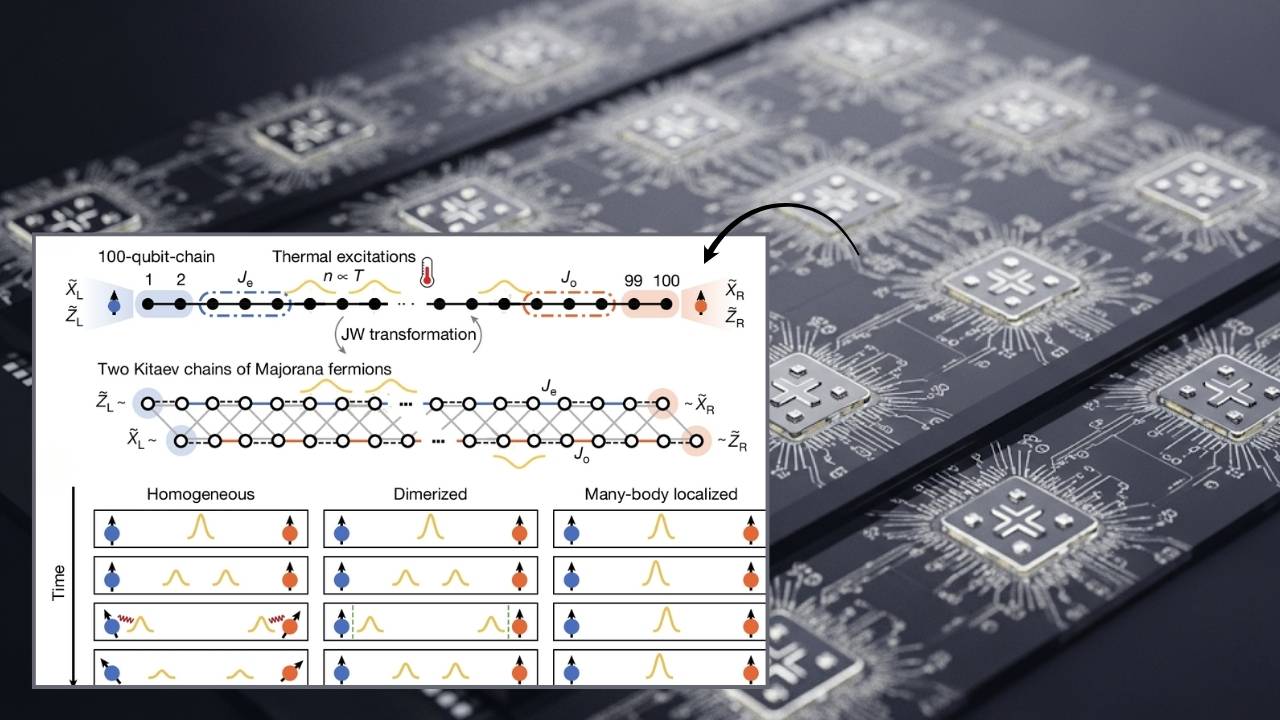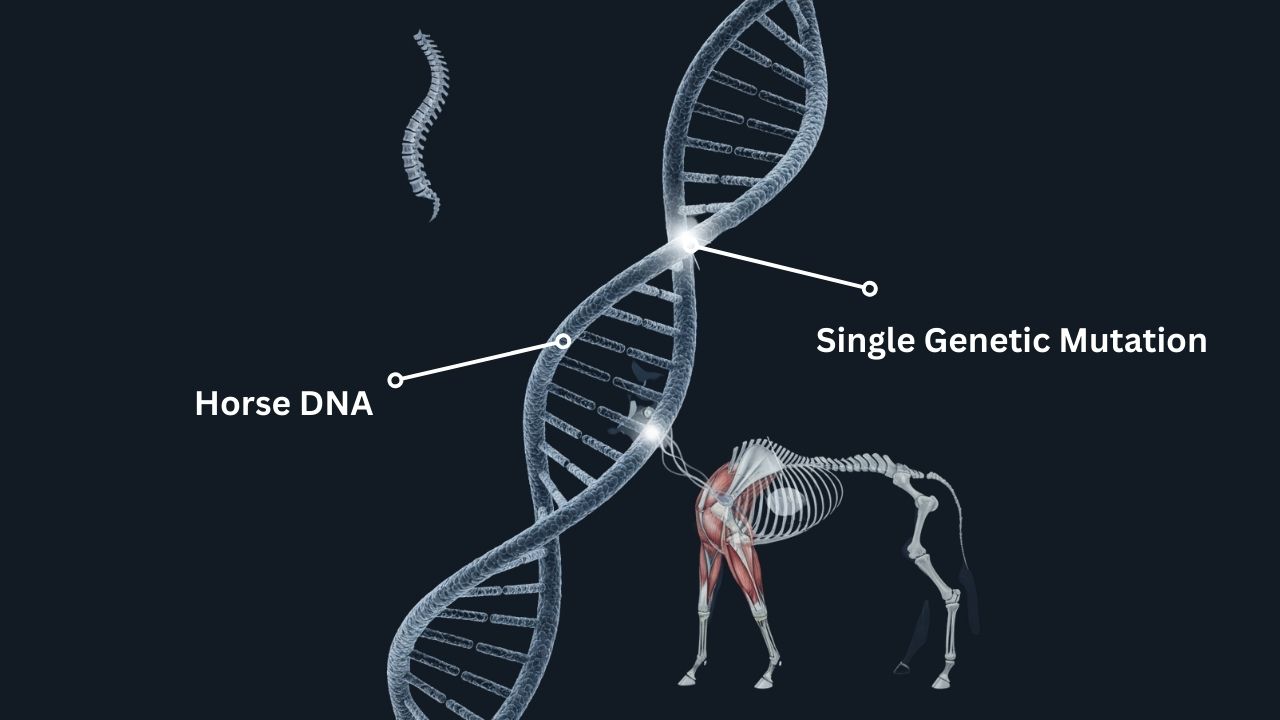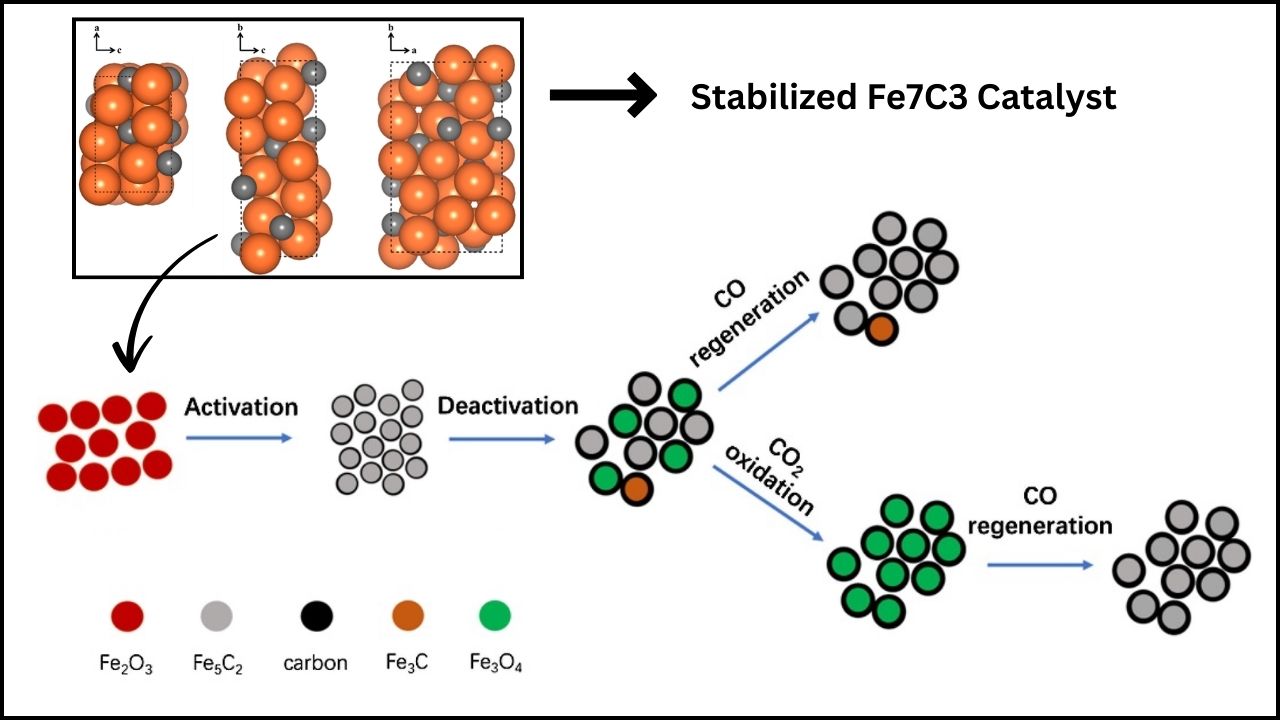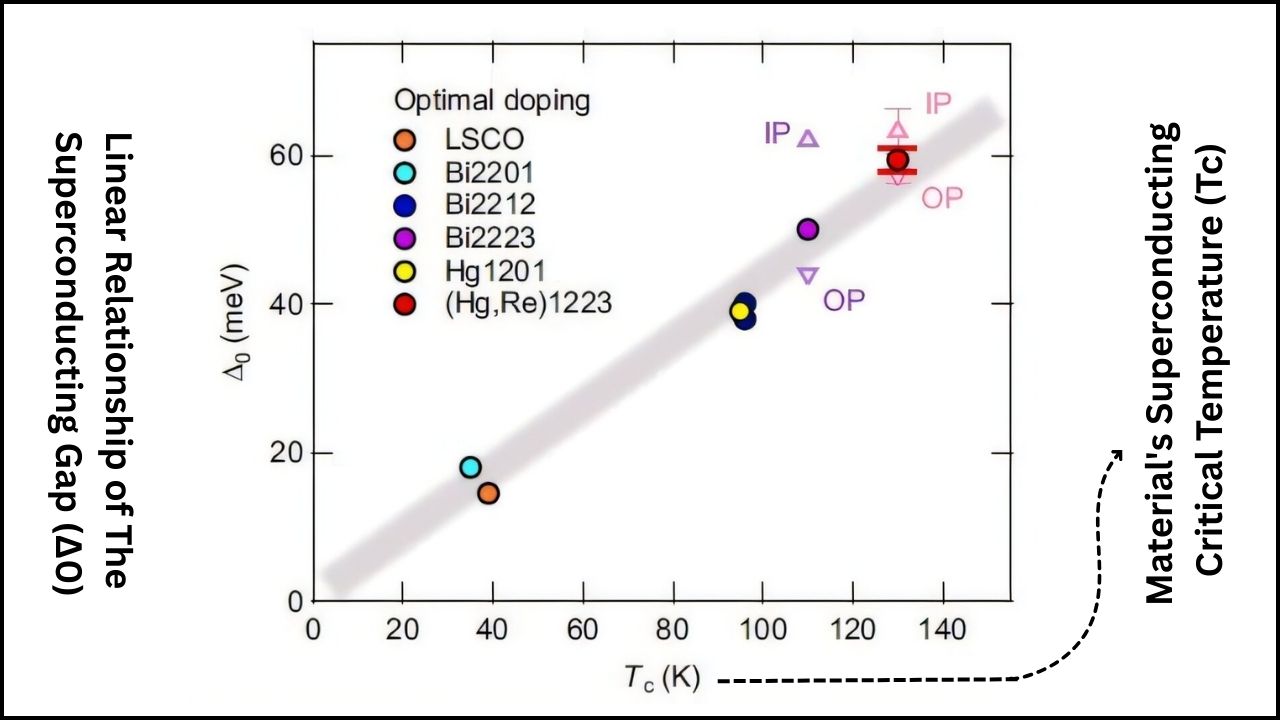Quantum computing has long been heralded as the future of technology, offering immense computing power that can solve complex problems classical computers struggle with. Now, a groundbreaking discovery involving heavy electrons—a unique kind of electron found in certain materials—is opening a new frontier in quantum computing. These heavy electrons exhibit exotic quantum behaviors that could make quantum computers more stable, powerful, and scalable.

This article breaks down this exciting development in an easy-to-understand way, while also diving deep enough for professionals interested in the details. Learn what heavy electrons are, why their quantum entanglement matters, and how they could revolutionize the tech industry.
Heavy Electrons Could Unlock an Entirely New Kind of Quantum Computer
| Aspect | Details |
|---|---|
| What are heavy electrons? | Electrons in certain materials that behave as if much heavier due to strong interactions with localized magnetic electrons. |
| Material studied: | Cerium-Rhodium-Tin (CeRhSn), with quasi-kagome lattice geometry causing geometric frustration and quantum effects. |
| Quantum property discovered: | Entanglement governed by Planckian time, the fundamental quantum time scale. |
| Importance for quantum computing: | Potential for more stable, scalable, and robust quantum computers using solid-state materials. |
| Research institution: | University of Osaka, Japan |
| Published in: | npj Quantum Materials, August 2025 |
| Reference website: | SciTechDaily |
The discovery that heavy electrons exhibit quantum entanglement governed by Planckian time paves the way for an entirely new kind of quantum computer. These materials could enable quantum computing devices that are more stable, scalable, and easier to operate than ever before. For both newcomers and experts alike, this marks a thrilling moment in the quest for powerful quantum technology. Keeping an eye on heavy fermion research could be one of the smartest moves for quantum professionals and enthusiasts.
What Are Heavy Electrons?
In most materials, electrons zip around with a certain mass and speed. But in some special materials called heavy fermion systems, electrons behave very differently. They interact strongly with localized magnetic electrons, causing their effective mass to increase dramatically—sometimes hundreds of times heavier than a normal electron. This phenomenon creates what physicists call heavy electrons or heavy fermions.
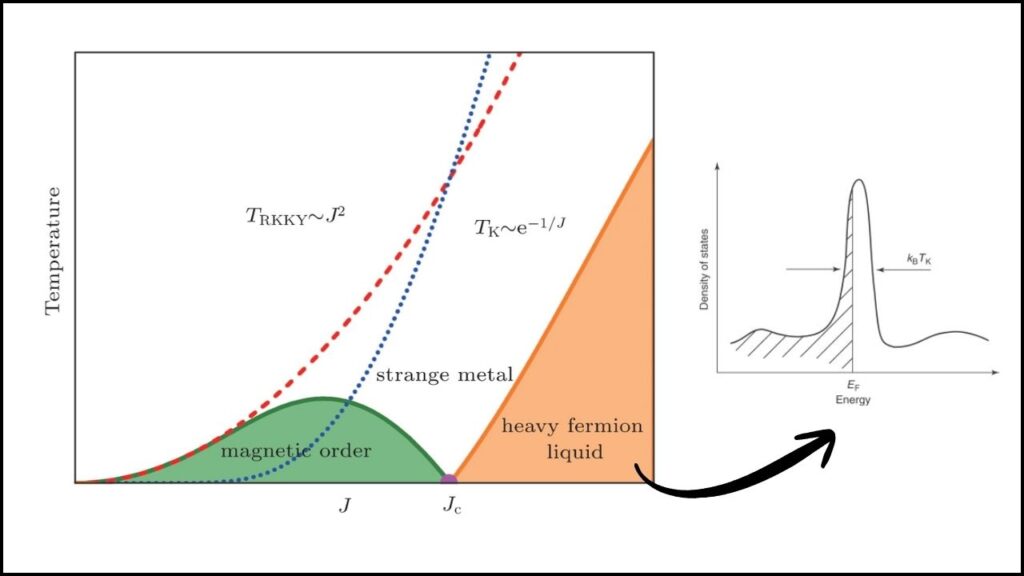
These heavy electrons exhibit unusual behaviors such as non-Fermi liquid states and unconventional superconductivity. The material Cerium-Rhodium-Tin (CeRhSn), studied extensively by Japanese scientists, has a complex quasi-kagome lattice structure—similar to a web of triangles—that causes geometric frustration, further enhancing these exotic quantum effects.
Quantum Entanglement and Planckian Time
The recent discovery that makes heavy electrons so fascinating for quantum computing is their ability to become quantum entangled. Entanglement means that two or more particles are linked in such a way that the state of one instantly affects the state of the other, no matter how far apart they are.
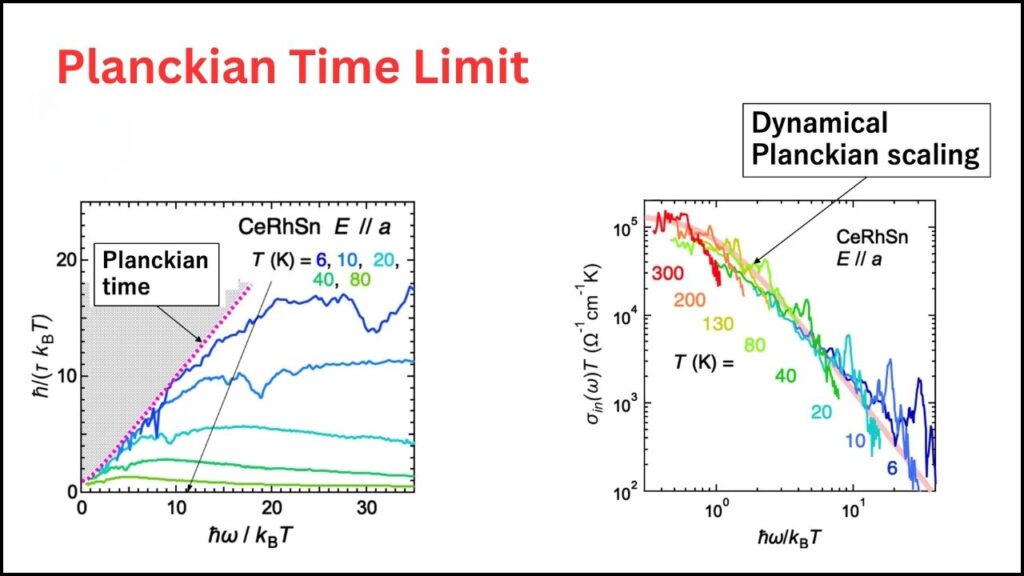
What’s new here is that the heavy electrons show entanglement regulated by Planckian time—the shortest fundamental time in quantum physics. This means their quantum states evolve at this holy time scale, providing insights into how to manipulate these quantum effects with precision.
This behavior was confirmed through advanced spectroscopic measurements that showed the heavy electrons maintain entangled states nearly up to room temperature, a significant advantage over other quantum systems which need ultra-cold environments.

Why Does This Matter for Quantum Computing?
Quantum computers rely on qubits—units of quantum information that can represent 0, 1, or both simultaneously thanks to superposition and entanglement. However, building qubits that remain stable and entangled long enough to perform useful calculations is very challenging.
Heavy electrons could be the key to overcoming these obstacles because:
- Robustness: Their quantum states resist decoherence better due to the many-body interactions in the material.
- High Temperature Operation: Unlike many current quantum systems requiring near absolute zero temperatures, heavy electron entanglement happens close to room temperature.
- Scalability: Solid-state materials like CeRhSn are easier to integrate into existing semiconductor technology, making scale-up more feasible.
- Novel Architectures: The unique lattice structures and many-body quantum states allow for designing new types of quantum circuits and operations not possible with traditional qubits.
Dr. Shin-ichi Kimura from the University of Osaka, lead researcher on the study, noted this breakthrough could accelerate the design of practical quantum computers by leveraging solid materials with intrinsic quantum entanglement controlled at fundamental time scales.
How Quantum Computing Works: A Quick Overview
To understand the potential breakthrough, it helps to know the basics of quantum computing:
- Qubits: Unlike classical bits (0 or 1), qubits can be in superposition—both 0 and 1 simultaneously.
- Entanglement: Qubits can become entangled so that the state of one instantly informs about the other.
- Decoherence: The biggest challenge—quantum states easily lose coherence due to environmental noise.
- Quantum Speedup: Quantum algorithms exploit superposition and entanglement to perform many calculations in parallel, solving certain problems exponentially faster than classical computers.
Heavy electrons could contribute to quantum computers by solving the decoherence problem. Their entangled states governed by Planckian time are naturally robust, potentially allowing qubits to stay coherent longer without complex shielding or cooling systems.
Practical Advice for Quantum Researchers and Engineers
If working in quantum computing or material science, consider these steps inspired by the heavy electron breakthrough:
- Explore Heavy Fermion Materials: Investigate materials like CeRhSn with complex lattice geometries for their quantum properties.
- Focus on Many-Body Physics: Study how electron interactions produce robust entangled states useful for qubit design.
- Develop Room-Temperature Qubits: Target materials that maintain quantum coherence near room temperature to simplify hardware requirements.
- Collaborate Across Fields: Combine expertise in condensed matter physics, quantum information science, and material engineering.
- Stay Updated: Follow ongoing research at institutions like University of Osaka and scans of journals such as npj Quantum Materials.
Researchers Uncover Hidden Mysteries of High-Temperature Superconductors: A Comprehensive Guide
Antiferromagnetic Tunnel Junctions Could Power Next-Gen Spintronics Revolution
Physicists Finally Observe a Hall Effect That Eluded Science for Decades
FAQs About Heavy Electrons Could Unlock an Entirely New Kind of Quantum Computer
Q: What exactly makes heavy electrons ‘heavy’?
A: Heavy electrons gain effective mass from their strong interactions with localized magnetic electrons in certain materials, making them act like they weigh much more than a free electron.
Q: How is Planckian time relevant to quantum computing?
A: Planckian time represents the shortest meaningful unit of time in quantum mechanics, and controlling entanglement at this scale suggests precision and stability in quantum operations.
Q: Can heavy electron technology replace current quantum computers soon?
A: This technology is still in the research phase but promises more stable and scalable quantum computing platforms in the future.
Q: Do heavy electrons require ultra-cold temperatures?
A: Unlike many quantum systems, heavy electron entanglement persists up to near room temperature, reducing the cooling requirements for quantum devices.
